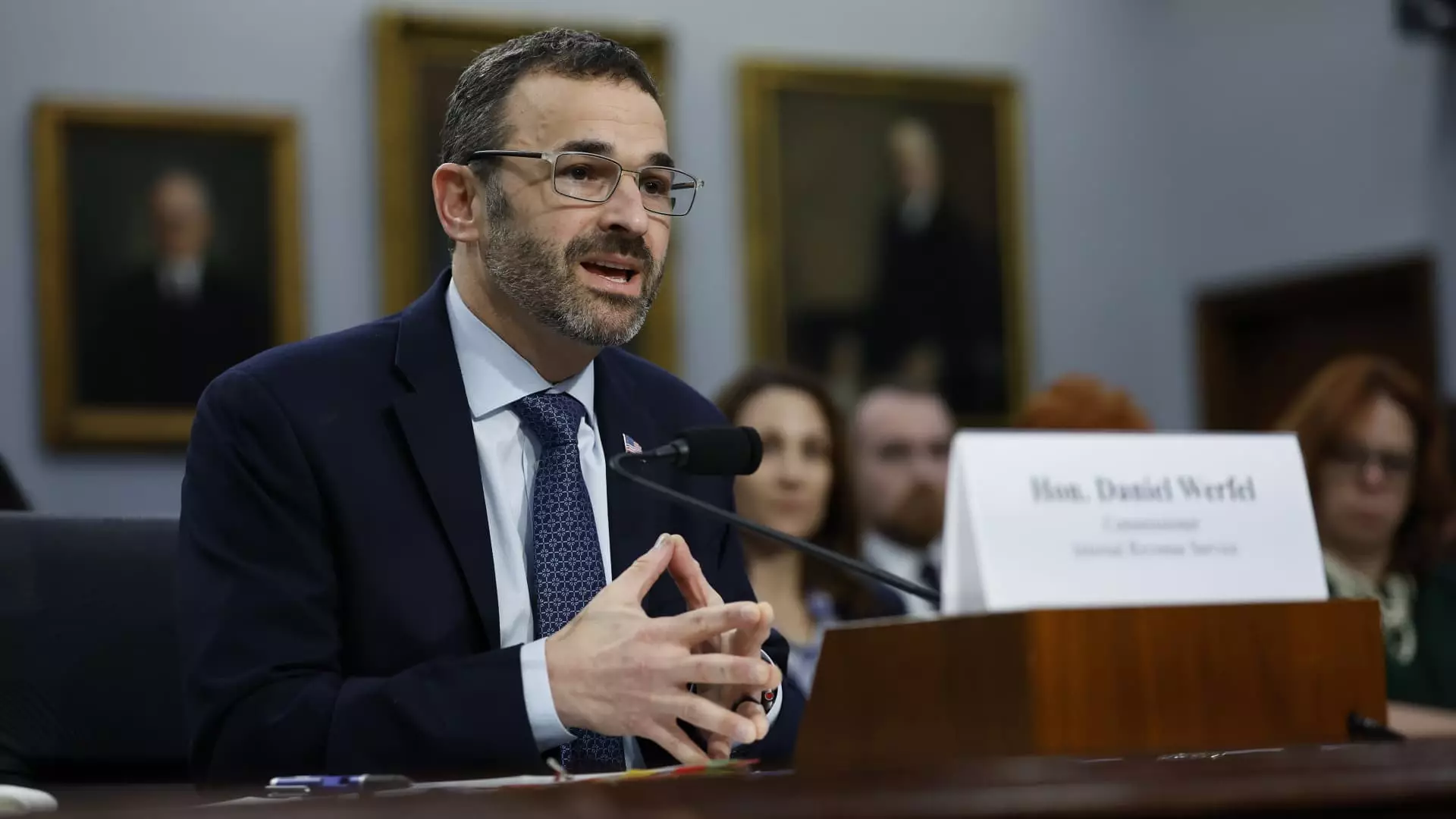In an important development for American taxpayers, the Internal Revenue Service (IRS) and the U.S. Department of the Treasury have announced the expansion of the Direct File tax program. By the 2025 filing season, over 30 million Americans across 24 states will be able to use this free tax-filing service. This initiative is aimed at simplifying the tax-filing process and reducing the financial burdens associated with tax preparation, particularly for individuals with straightforward tax situations.
Previously, during the 2024 season, the program was limited to 12 states. The pilot project included states such as California and New York, primarily targeting taxpayers with simple income scenarios. This year, the program will not only continue in these states but will also extend its reach to an additional 12 states, including Alaska and New Jersey. The continued growth illustrates a commitment to help more families access affordable tax services, particularly beneficial in the context of rising living costs.
According to IRS Commissioner Danny Werfel, the 2025 filing season will significantly broaden the range of tax situations covered by the Direct File program. While last year’s pilot program primarily accommodated straightforward tax scenarios, including wages reported on Form W-2, the new iteration will support diverse income sources, including pension and annuity income, as well as interest income exceeding $1,500. This inclusivity allows for a more realistic representation of the financial scenarios many Americans navigate during tax season.
Moreover, the Direct File program will integrate support for additional tax credits starting in 2025. This includes essential tax credits like the child and dependent care credit, which can significantly offset the costs of raising children, as well as healthcare-related tax benefits. The intention behind these enhancements is clear: to prioritize the financial wellbeing of working families who often face the dual pressures of income constraints and rising expenses.
The expansion of Direct File is particularly noteworthy given the complexity of the U.S. tax system. For many taxpayers, navigating the maze of deductions, credits, and different forms can be overwhelming. Traditional tax preparation services can be expensive, with fees adding up to hundreds of dollars. The Direct File program addresses this barrier by offering a free alternative that promotes increased participation, allowing individuals to keep more of their hard-earned money.
The 2024 pilot demonstrated its potential, with over 140,000 participants reportedly saving an estimated $5.6 million in preparation fees alone. This figure provides a compelling case for the broader implementation of the program. By eliminating financial roadblocks, the IRS encourages individuals to participate more actively in the tax-filing process and consider their eligible credits and deductions.
With plans for more states to join the Direct File program in 2026, this initiative reflects a proactive approach to modernizing tax filing in the U.S. The IRS appears committed to expanding its capabilities, thereby enhancing the experience for taxpayers. As the government aims to evolve alongside the changing financial landscape, the Direct File initiative is a significant step in creating a more equitable system.
The expansion of the Direct File program in 2025 promises to make tax filing easier for millions of Americans. By preparing to accommodate a wider range of tax situations and credits, the IRS is not only simplifying the process but also fostering a more inclusive environment for taxpayers. As this initiative develops, it could redefine how Americans approach tax preparation and financial management, ultimately aiming for a system that truly serves the needs of its citizens.

